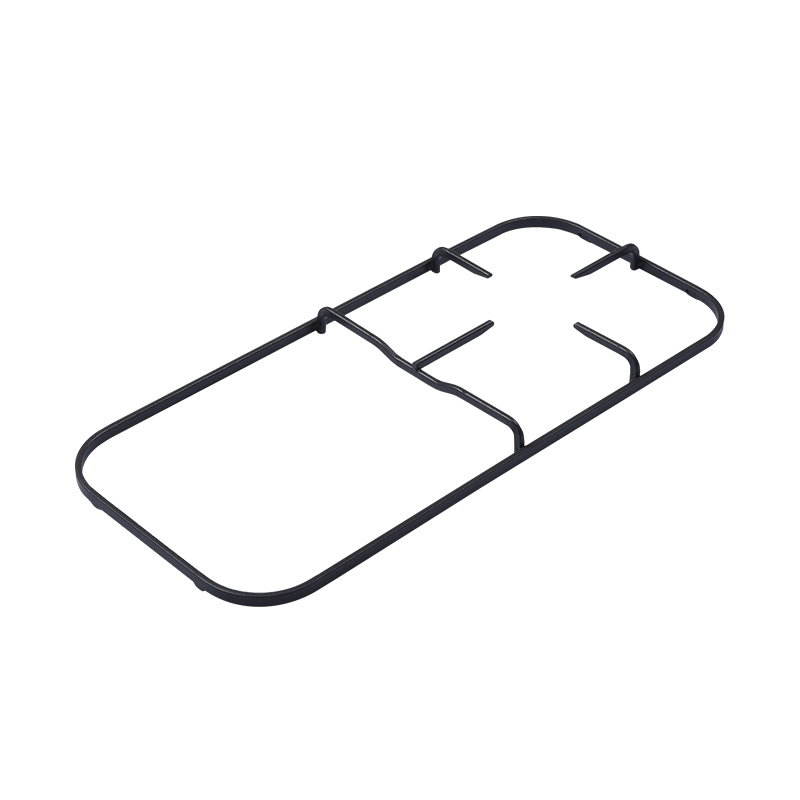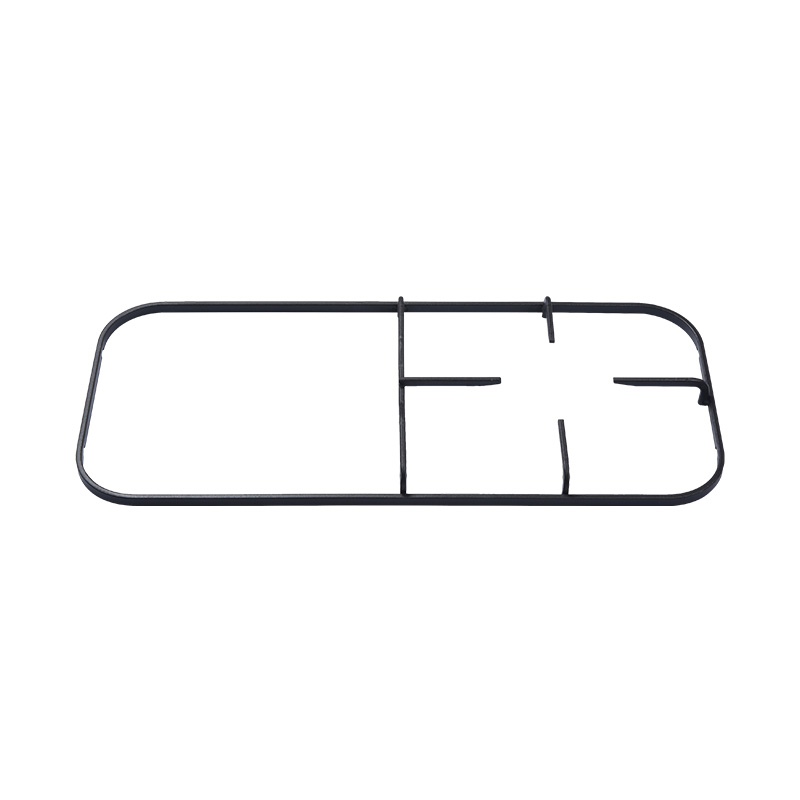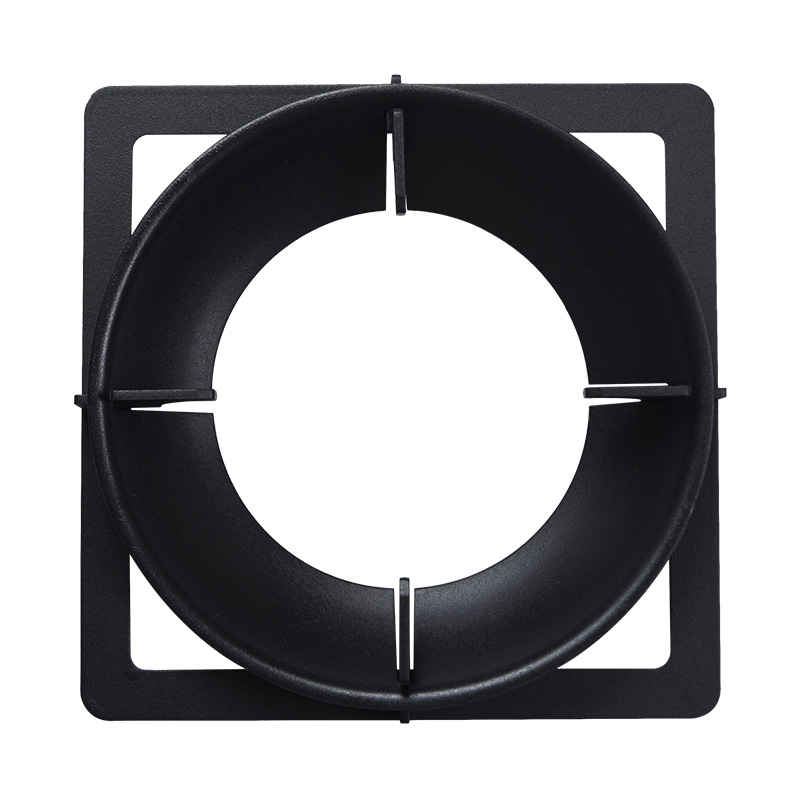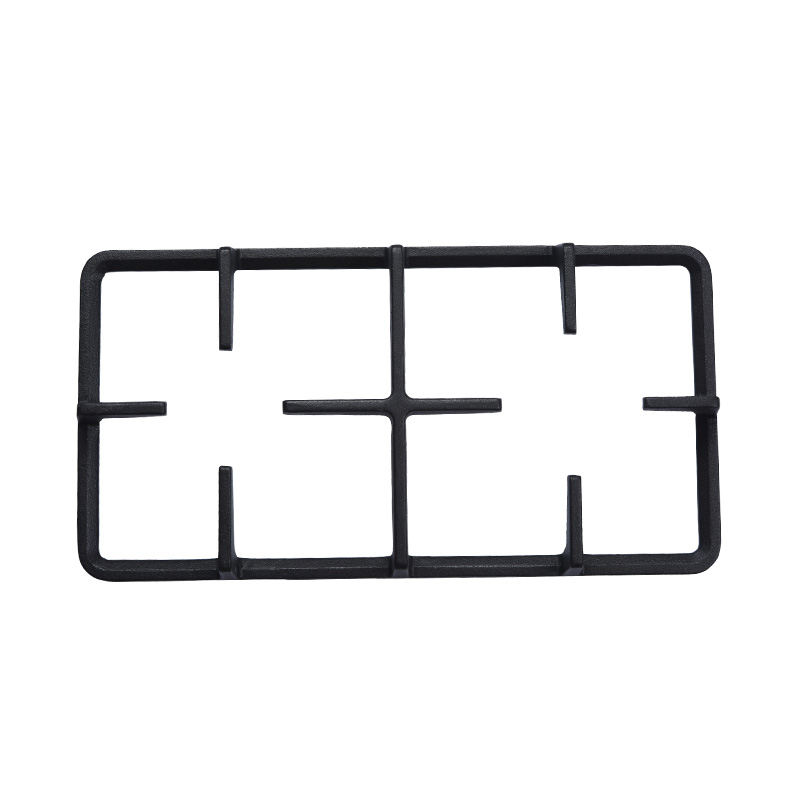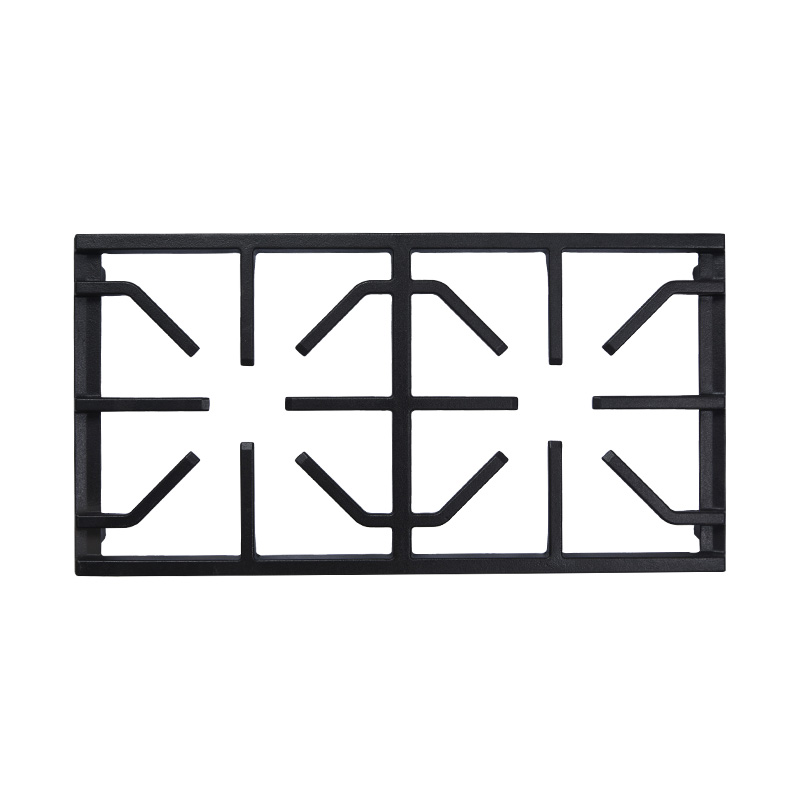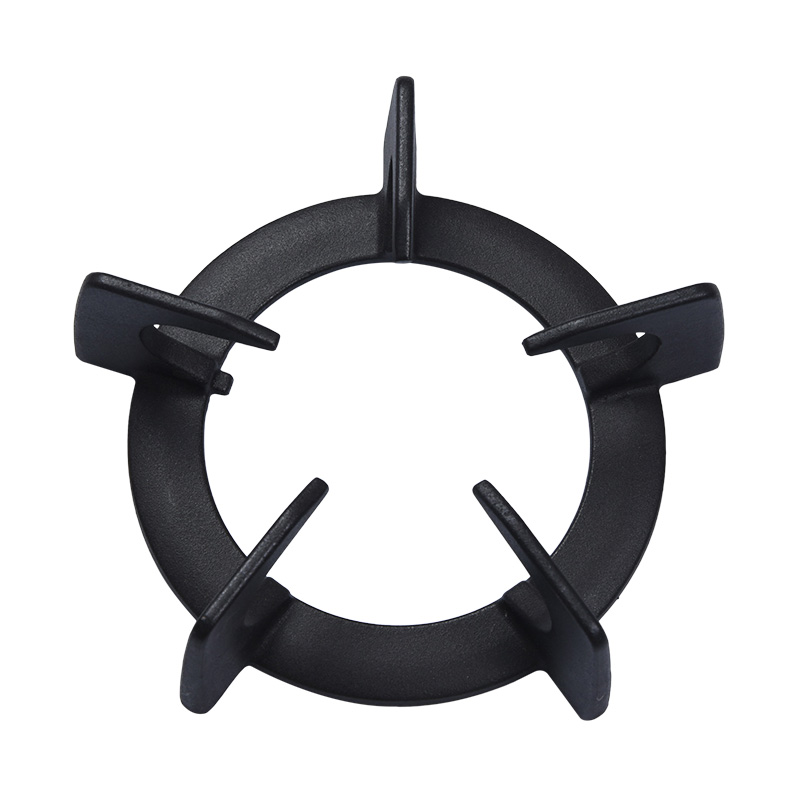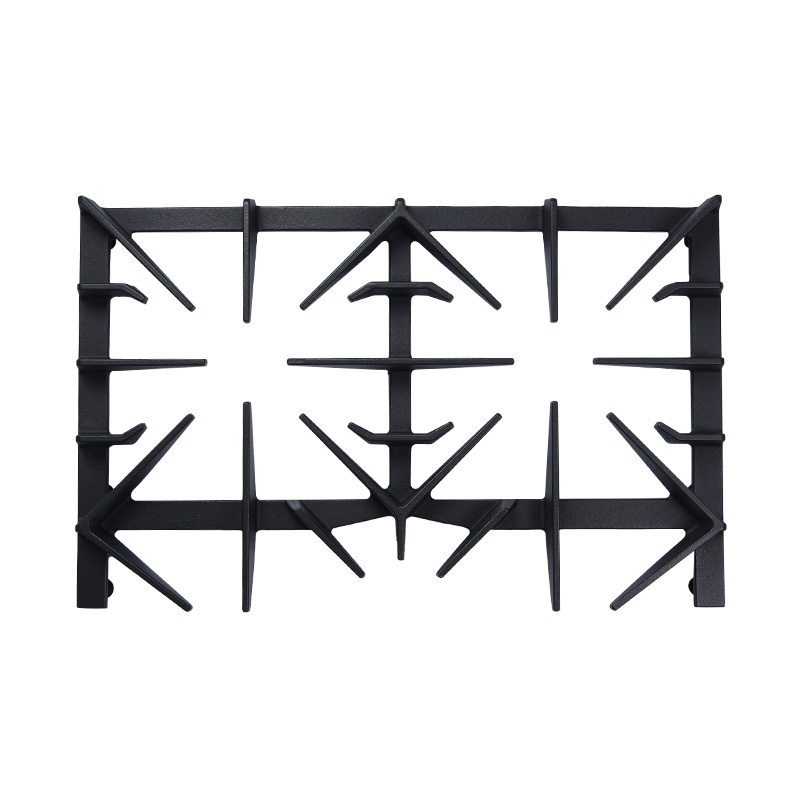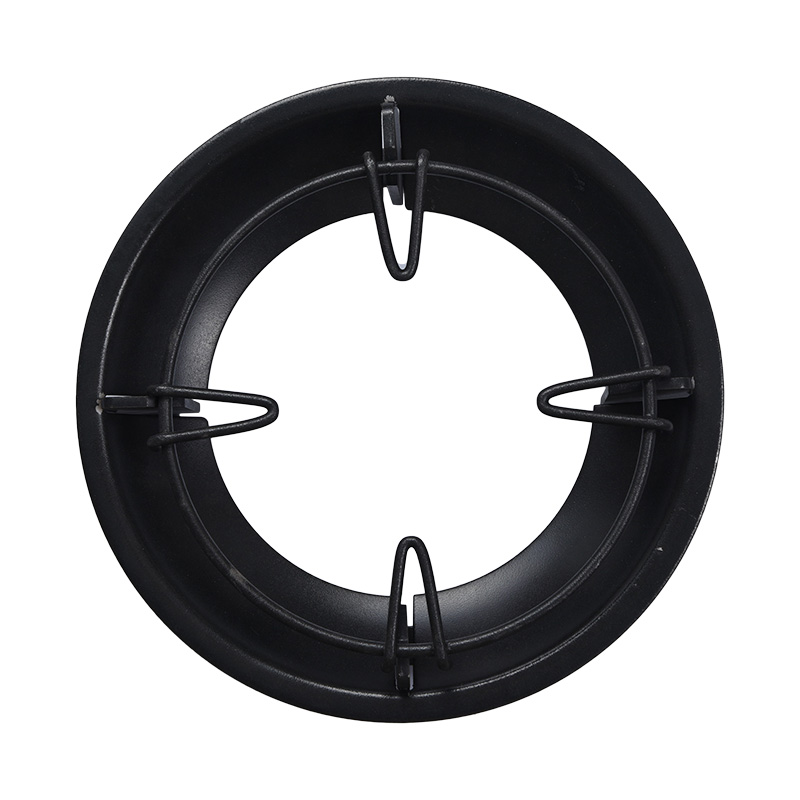1. Key Features and Benefits
Enhanced Stability and Safety
One of the most significant advantages of the Gas Stove Left Pot Support is the enhanced stability it provides for cookware. When cooking, especially on gas stoves, there is often a need to handle heavy pots or pans filled with hot liquids or food. Without adequate support, these can easily tip over, leading to dangerous spills that can cause burns or fires. The left pot support plays a critical role in ensuring that cookware remains securely in place, even when subjected to vigorous stirring or high heat. This stability is particularly crucial in homes with children or elderly individuals who are more vulnerable to kitchen accidents.
For instance, imagine preparing a large pot of soup or stew. The weight of the pot, combined with the liquid contents, makes it top-heavy and prone to tipping. A secure pot support distributes this weight evenly and keeps the pot stable, allowing you to stir and add ingredients without fear of the pot shifting or falling. This not only makes cooking safer but also more efficient, as you can focus on the task at hand without constant worry about the stability of your cookware.
In professional kitchens where speed and efficiency are paramount, the stability provided by the pot support allows chefs to work quickly without compromising safety. It reduces the likelihood of accidents, thereby ensuring a safer working environment and minimizing downtime caused by spills or injuries. The support also aids in maintaining the proper placement of the cookware, which is essential for even cooking and optimal heat distribution, contributing to better culinary results.
Durability and Heat Resistance
Gas stove pot supports are generally made from materials such as cast iron or stainless steel, known for their durability and excellent heat resistance. Cast iron, in particular, is a favorite because of its ability to withstand extremely high temperatures without warping or degrading over time. This durability ensures that the pot support remains functional and reliable even after years of use, providing consistent performance day in and day out.
The heat resistance of these materials is another significant benefit. When cooking, the pot support is in direct contact with high temperatures, and it is crucial that it does not conduct heat to a degree that it becomes unsafe to touch. Cast iron and stainless steel are excellent in this regard; they heat up gradually and retain heat well, but their design ensures that the parts of the support that users might touch remain relatively cooler, enhancing safety.
For example, in a scenario where a pot support is not heat resistant, it could become extremely hot to the touch very quickly, posing a burn hazard. A high-quality pot support mitigates this risk by maintaining a safer surface temperature, even during prolonged cooking sessions. This characteristic is particularly important in busy kitchens where quick adjustments are often necessary, and touching the pot support inadvertently is common.
The durability of materials like cast iron means that the pot support can handle the weight of heavy cookware without bending or breaking. This is crucial for tasks that require large pots or heavy pans, ensuring that the support maintains its shape and functionality over time. Investing in a durable, heat-resistant pot support ultimately leads to long-term cost savings, as it reduces the need for frequent replacements and enhances the overall safety and efficiency of the kitchen.
2. Maintenance and Care
Regular Cleaning
Maintaining the Gas Stove Left Pot Support in optimal condition requires regular cleaning. Food spills, grease, and other residues can accumulate on the support over time, leading to unpleasant odors and potential contamination. Regular cleaning not only keeps the support looking clean but also ensures it remains functional and safe to use.
To clean the pot support effectively, start by removing it from the stove and soaking it in warm, soapy water. This helps to loosen any stuck-on food or grease. Use a non-abrasive scrubber to clean the support, taking care to get into all the nooks and crannies where grime can build up. For tougher stains, a soak in a vinegar solution can help break down the grease and make it easier to clean. After cleaning, rinse the support thoroughly with clean water to remove any soap residue, and then dry it completely. Drying is particularly important for cast iron supports, as moisture can lead to rusting.
For those using a dishwasher, some pot supports are dishwasher-safe. However, it's always best to check the manufacturer's guidelines before using a dishwasher to clean the support. The high heat and harsh detergents used in dishwashers can sometimes damage the finish on the support, reducing its lifespan. Hand washing, while more labor-intensive, is often the best way to maintain the integrity of the pot support over time.
Regular cleaning also provides an opportunity to inspect the support for any signs of wear and tear. Look for cracks, warping, or other damage that could compromise the stability of the support. If any issues are found, it's best to address them promptly. In some cases, minor repairs can be made, but more often than not, it may be necessary to replace the support entirely to ensure continued safety and functionality.
Inspection and Replacement
In addition to regular cleaning, periodic inspection of the Gas Stove Left Pot Support is crucial. Over time, even the most durable supports can develop issues that may not be immediately visible. Regular inspection helps to identify any potential problems early on, before they become serious hazards.
When inspecting the pot support, check for any signs of cracking or splitting, which can occur due to prolonged exposure to high heat and the weight of heavy cookware. Also, look for any warping or bending that could affect the stability of the support. Pay attention to any rust spots, especially on cast iron supports, as rust can weaken the material and lead to failure over time.
If any damage is detected, consider the extent of the damage and whether it can be repaired. Minor rust spots can often be treated with a rust remover and then seasoned with oil to prevent further rusting. However, significant cracks or warping generally indicate that the support has reached the end of its useful life and should be replaced. Continuing to use a damaged support can compromise safety and lead to accidents.
3. Installation and Compatibility
Easy Installation
Installing a Gas Stove Left Pot Support is typically a straightforward process, designed to be user-friendly and not require any special tools or expertise. Most supports are designed to fit snugly over the burner, providing a stable base for pots and pans.
To install the pot support, start by ensuring the stove is turned off and cool to the touch. Remove any existing support or burner covers and clean the area thoroughly to remove any debris or grease. Place the new support over the burner, aligning it with the burner’s contours to ensure a snug fit. Some supports have specific orientation marks or notches to guide proper placement, so refer to the manufacturer’s instructions if available.
Once in place, gently press down on the support to ensure it is securely seated. It should not wobble or shift when you place a pot or pan on it. If the support feels unstable, double-check the alignment and make any necessary adjustments. In some cases, the support may have adjustable feet or pads that can be fine-tuned to achieve a perfect fit. Ensuring the support is properly installed not only enhances stability but also ensures even heat distribution to the cookware, improving cooking performance.
Compatibility Considerations
When purchasing a Gas Stove Left Pot Support, compatibility with your specific stove model is a critical consideration. Supports come in various sizes and designs, tailored to fit different stove configurations and burner layouts. Using a support that is not designed for your stove can result in poor fit, reduced stability, and potential safety hazards.
To determine compatibility, start by measuring your stove’s burner layout, including the diameter and spacing of the burners. Check the manufacturer’s specifications for the pot support to ensure it matches these measurements. Some supports are designed to be universal, fitting a range of stove models, but it’s always best to verify compatibility to avoid any issues.


 English
English 中文简体
中文简体 Español
Español русский
русский
